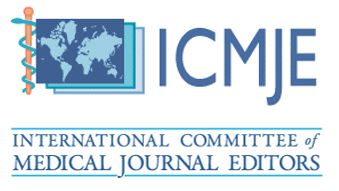A Novel Modified Technique for Sub Mental Intubation in Panfacial Trauma
Patency of airway in pan facial trauma is paramount for both anaesthesiologist and surgeons for unrestricted access to airway and continuous access of surgical field respectively. Submental intubation has proven very effective technique in providing airways and yet easy for surgeon to operate in pan facial trauma cases. The study was conducted using a modification in submental intubation (SMI) for securing airways during the surgical procedures under general anesthesia. The patients were intubated using the procedure describe by Hernandez Altemir for submental intubation. The modification we performed was that the bulb of the cuff of the endotracheal tube (ET) tube was inserted into the lumen of the ET tube both during the insertion and delivery of the tube.
Methods: The prospective study was conducted to determine the usefulness and safety of submental intubation in patients with pan facial trauma. The following parameters were evaluated: mode of trauma, time required for intubation, accidental extubation, accidental perforation of the pilot balloon during its insertion, post-operative complications such as the healing of wound both intraorally and extraorally. We hypothesized that SMI would not interfere with the surgical procedures and may show less morbidity, less intubation time and reduced complication rates. Out of thirty patients, 73.3% were males and 26.7% were female patients. The mode of trauma for majority of cases was road traffic accident (90%) and only 3 % had history of fall. In 56.7% cases time required for SMI was noted as 8-10 minutes. The mean duration time of surgery for majority of the cases was 3-4 hours. Majority of the patients in the present study reported Glasgow Coma Scale of 15 (83.3%), the least being 13 (6.7%). There were no perioperative complications. Postoperatively, no patients experienced complications like cutaneous infection in the submental region, damage to submandibular duct, sublingual duct, sublingual nerve or abscess in the oral cavity. Additionally, only 6 case with haematoma, pain or hypertrophic scar were reported. SMI appears to be a safe, simple, and effective technique of immediate perioperative airway management in selected cases of panfacial fractures.
Conclusions: The modification enables lesser time and lesser discomfort during the procedure, decrease damage to the cuff and its system and single passage of the artery forcep through the incised tissue thereby reducing soft tissue manipulation and inflammation. On the other hand, the risk of displacement of ET tube during insertion, risk of aspiration of oral and throat fluids and accidental extubation of ET tube was completely eliminated.
Keywords: Panfacial trauma, airway, intubation, Cricothyroidotomy.
Citation: Sharma S, Pillai A, Jain N, Dubey A, Thakur PS, Gour N. “A Novel Modified Technique for Sub Mental Intubation in Panfacial Trauma”. SVOA Dentistry 2:5 (2021) Pages 208-215.











